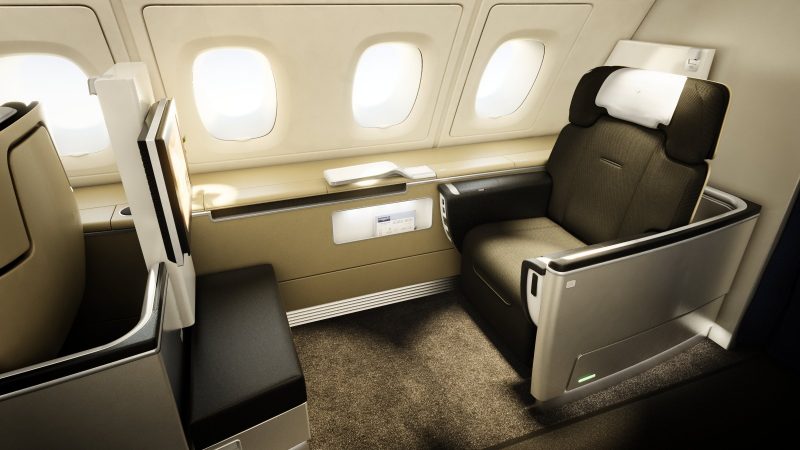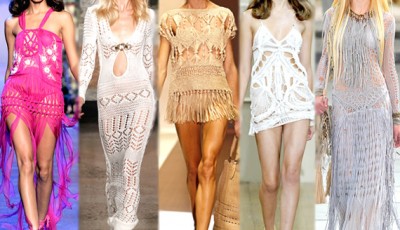How Luxury Should be Interpreted?
When you go to a restaurant, a “reserved” sign indicates the finest seats which are set aside for the lucky few. When you go to a fashion show, the models exhibit the collections in ideal conditions, giving you a glimpse of what you might look like in those clothes. When you travel, the passengers with first-class tickets – like first class Etihad Airways – travel in an exclusive group others want to be a part of. All of these examples could be considered luxurious, without a doubt, but what is a luxury, exactly?
While luxury implies both quality and cost, its scope is not limited to either. A luxury is an object, experience, or service of high quality with a level of creativity that sets it apart from its competition. Take Vertu, for example. Vertu offers one of the most expensive mobile phones on the market and, as such, advertises their devices as luxury products in order to justify the exorbitant prices. But now that customers find luxury to be more than just a status of wealth, Vertu focuses on overall product design and superior customer service to give its customers the best in uncompromising quality. Other luxury brands have also begun to follow this trend.
Consider the driver who buys a Rolls-Royce. In a vehicle, luxury can be the very definition of exclusivity. A customer spends a good deal of money on a product for the very reason that he wants to set him or herself apart from the crowd. Behind the wheel of a Rolls-Royce, one would expect to make heads turn wherever he or she goes. But in addition to its reputation as a company which produces beautiful cars, Rolls-Royce is also in a class far above other driving machines due to its plethora of special features which offer its drivers a one-of-a-kind riding adventure. It is not enough to be high profile in a sense of visual aesthetics. The luxury product must also provide an experience commensurate with the currency being put forth to own it.

With the ever-changing times and an increase of customers who demand luxurious experiences, brands are forced to evolve and offer something unique rather than simply seeking out top-of-the-line materials. If brands want to take on the luxury mark, they will have to discover what distinguishes them from their competitors. In order to do so, they have to delve deeper into the mind of the customer and analyze the market trends ahead of their arrival. To be synonymous with luxury, they have to offer something no one else is offering, in addition to what are already quality products and superior customer service.
Achieving the right to call your product a luxury requires extensive research and experimentation. Predictability has no place in a luxury brand. Luxury clothing brands, for example, follow the popular trends and use fabrics which make their customers feel like royalty. They take immense care in sewing, color fastness, shade, pattern integrity, embellishments, intricate stitching, etc., which is not an expected experience from just any clothing brand. The same principle applies to any luxury product, experience, or service.
It is important that brands correctly interpret their customers’ idea of luxury. When catering to the affluent, discerning class, it is not sufficient to offer opulence. Your product or services must also be the picture of class, discretion, novelty, innovation, and exclusivity. Luxury is not so much the definition, but the concept that informs the details of the products and services in question. It is a distinction few aspire to, and fewer still achieve. To be a luxury, it must deliver on the promise to set its owner apart from all others.









